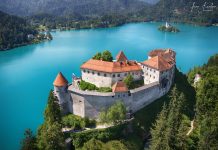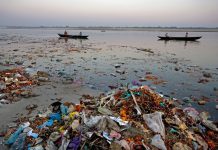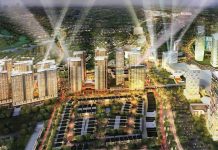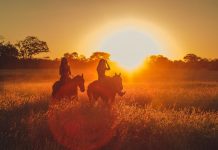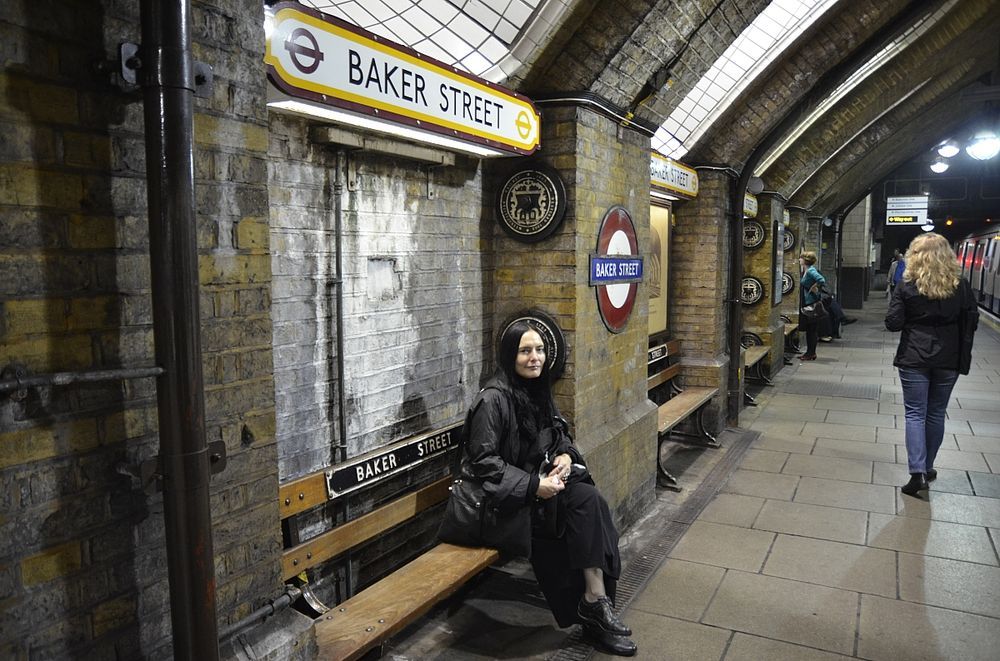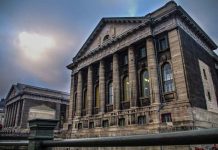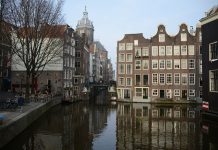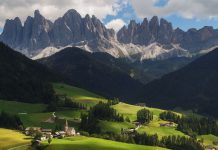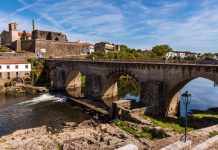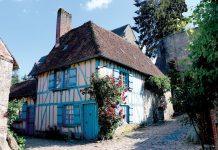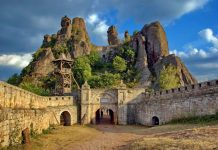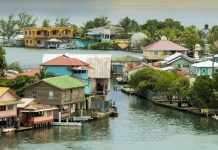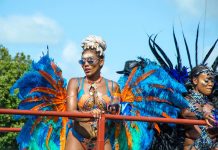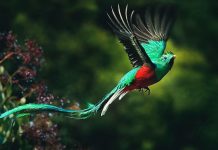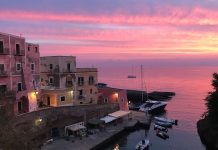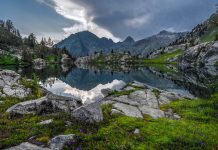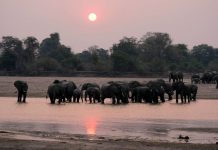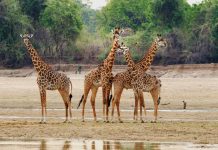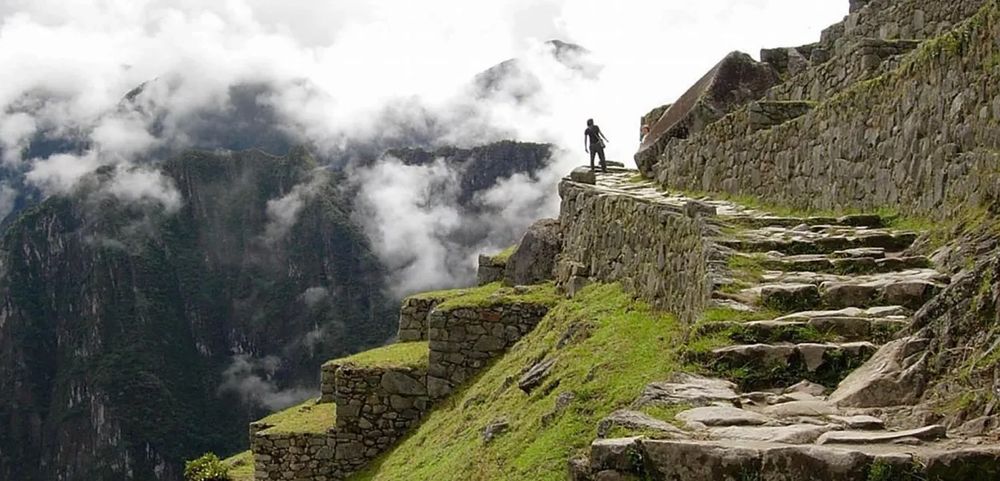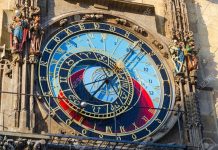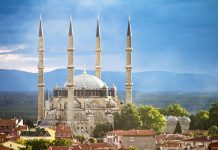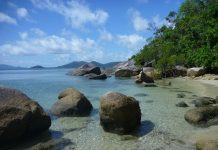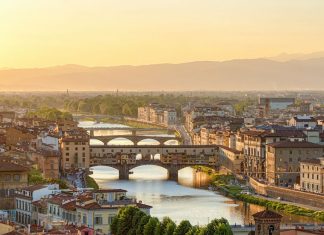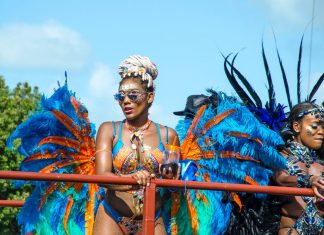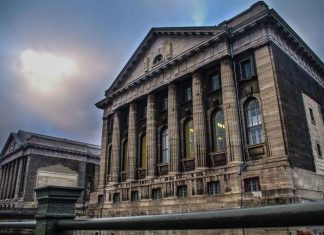Scattered throughout the mountainous landscape of Honduras’ central highlands are dozens of red-tiled colonial towns and villages, inhabited by the colorful and traditional Lenca people. Venerable Spanish colonial churches anchor the central plazas of these humble villages, many reaching back nearly half a millennium to the early days of the conquest. The timeless rural highland landscape, dotted with rustic country houses, alternates between lush green and dry with the passing of the seasons. It is a picturesque arrangement of pine-covered hillsides, pastures and small plots of corn, beans, and other crops sown by hand or with the aid of ox-drawn plows.
The Lenca people form the largest of the indigenous groups in Honduras, and cover the largest geographical area, including most of the west and southwest parts of the country. Although all but a few words and place names of the Lenca language have been lost, many other Lenca traditions continue to be used and passed on. Among these traditions are the construction of humble rural houses, techniques for sowing and harvesting traditional crops, cooking traditional foods, and a wide variety of artistry including the firing of rustic ceramics and the weaving of colorful baskets, hats and mats.
A good hub for exploring the charming Lenca landscape is Santa Rosa de Copan, Copan’s departmental capital, the largest and most modern city in western Honduras, it offers comfortable accommodations and good food. There is also the Flor de Copan Cigar Factory, which offers tours showing how well known brands such as Santa Rosa, Don Melo, and Zino are hand rolled.
A good day trip from Santa Rosa de Copan, especially on a Sunday morning – market day – is the two-hour drive to the town of Belen Gualcho. Seemingly unaffected by modern times, the narrow streets of this picturesque town flow down a hillside from the massive, uniquely styled colonial church. On market day the cobbled streets are invaded by the Lenca from surrounding villages, a cultural tradition unchanged over the centuries.
Another interesting Lenca center is the town of Gracias, capital of the western department of Lempira and one of Honduras’ best preserved colonial towns. Between 1544 and 1548, Gracias was the site of the Audiencia de los Confines, which at that time was the governmental center for all of Central America. Though the Audiencia was later moved to Guatemala, Gracias remained an important center of power during colonial times. Only fairly recently has Gracias enjoyed electricity, telephone service, and a paved access road to Santa Rosa de Copan.
Gracias serves as an excellent hub for day trips to charming colonial villages in the outlying areas. The nearby village of La Campa has a quaint Spanish church, and is a center for the firing of rustic Lenca ceramics. Further along the road past La Campa, the timeless village of San Manuel de Colohete preserves a magnificent church, one of our oldest. Another charming village and church, San Sebastian, can be found another hour’s drive beyond San Manuel. Also, an hour’s drive along another road will bring you to the picturesque town of Erandique, which boasts three lovely churches, all built in distinct styles.
Another stop on the Lenca Trail is the city of La Esperanza, the highest city in Honduras and capital of the mostly Lenca department of Intibuca. Apart from the charming colonial architecture and the cool temperatures, the city’s market offers an intriguing look at all the worldly goods available to the rural Lenca people. Traditional Lenca dress is more evident here, consisting of bright-colored dresses and sweaters, and multi-colored scarves worn by the women. Outlying villages, such as the village of Azacualpa which is spread out along the edge of a spectacular highland plain, offer an intimate and fascinating look into the simplicity of rural Lenca life.
Another interesting excursion in Lenca land is a visit to Guajiquiro, a tiny municipality in the department of La Paz. Dominated by a quaint Catholic Church and surrounded by rugged, broken terrain, Guajiquiro is the commercial and political center for many disperse villages inhabited almost exclusively by Lenca descendants. The only traditional Lenca pueblo in La Paz, the humble, friendly and conservative people of the Guajiquiro region are probably the most faithful of all Lenca to their fading culture. The Lenca women of Guajiquiro are more colorfully dressed than anywhere else in Honduras. They wear elaborately adorned, nearly fluorescent colored pleated dresses of the shiniest synthetic satin. Their language was lost long ago, but they speak Spanish in a high-pitched, sing-songy voice unique to this region. In the outlying village of San Jose de Guajiquiro there is a women’s ceramics workshop that works to preserve and market this utilitarian tradition.

